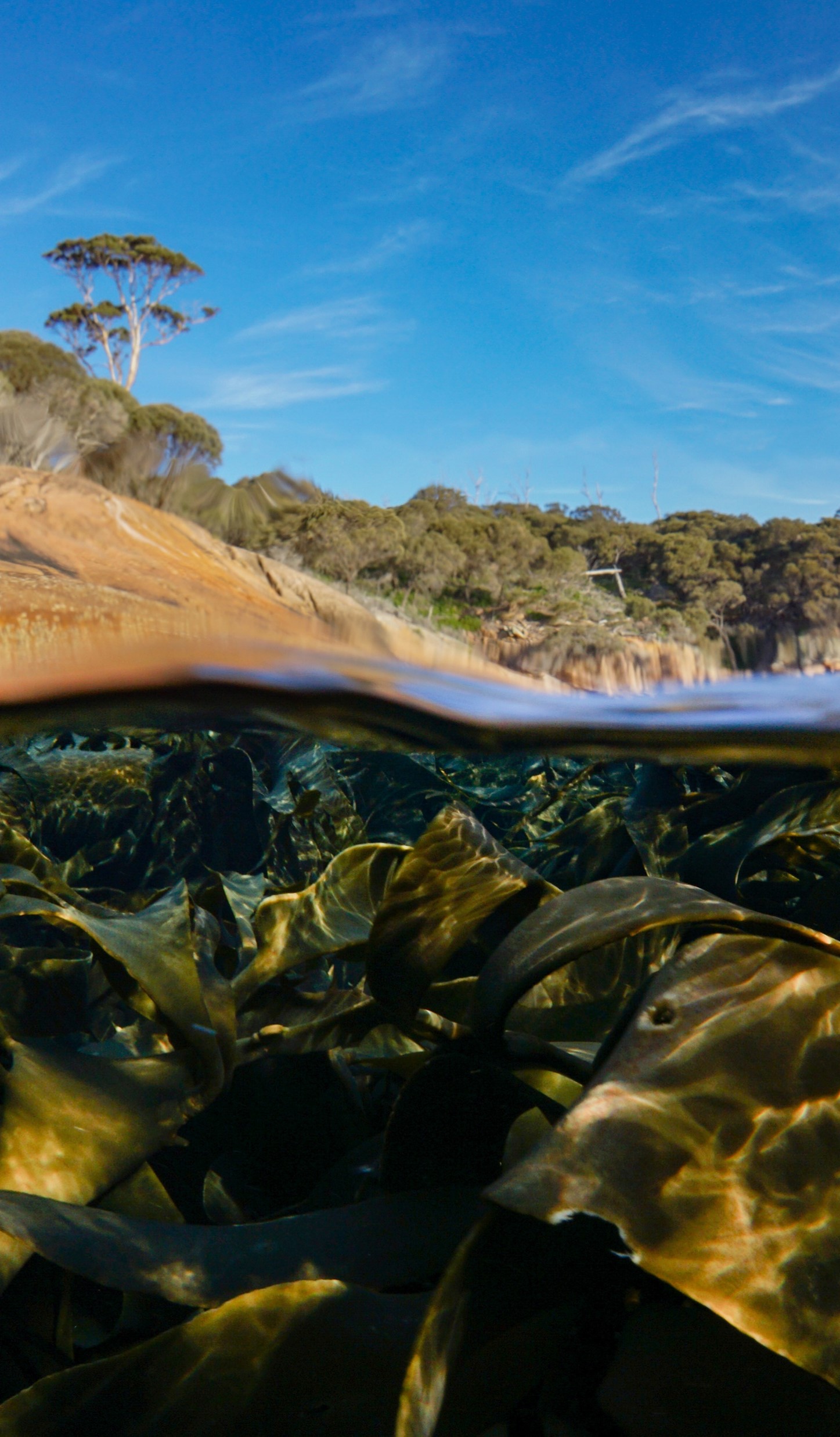From Tasmania to the world

A new study has highlighted the rich history of seaweed use, research and development in Marinova’s home state of Tasmania, Australia.
The study explores the use of seaweed by the Tasmanian Aboriginal community for at least 40,000 years as food, water carriers and medicine. It goes on to summarise a range of recent ecological and physiological studies that have focused on use of the many brown seaweed species that dominate the Tasmanian coastline. The seaweed flora of Tasmania is unique. Of the 750 described species, 22 are endemic and not found anywhere else in the world.
The study recognises the contemporary seaweed industry in Tasmania, including Marinova’s success as a commercial fucoidan manufacturer. It notes the company’s harvesting of the introduced brown seaweed Undaria pinnatifida and describes the increasing use of fucoidans as efficacious ingredients in dietary supplements and topical cosmetics products. Fucoidan research has increased exponentially over the past fifteen years, exploring potential therapeutic applications in areas as diverse as inflammation to immune modulation.
Speaking about the study, co-author and Marinova associate, Ellie Paine says “The development of the seaweed industry here in Tasmania indicates that the state has far more influence internationally than size alone would suggest”.
The full paper titled, ‘From Tasmania to the world: long and strong traditions in seaweed use, research, and development’ is available online at Botanica Marina.